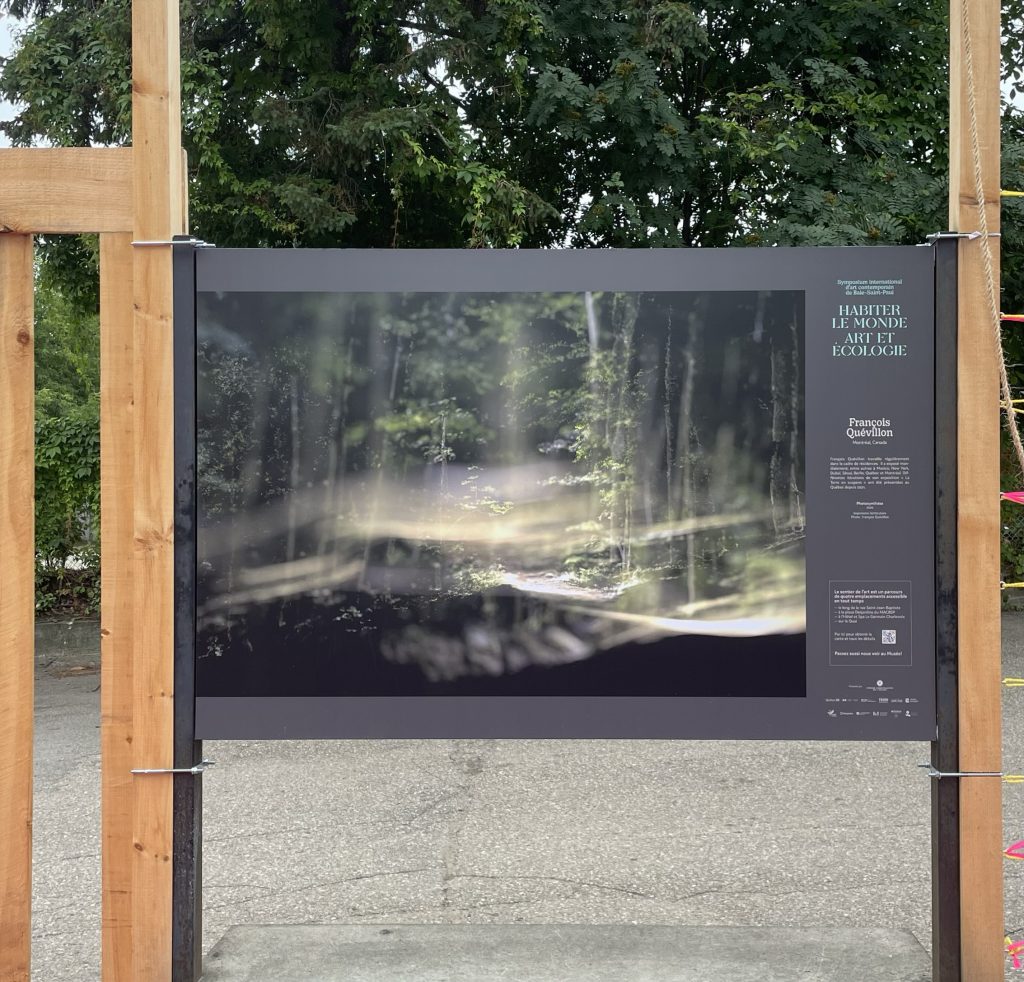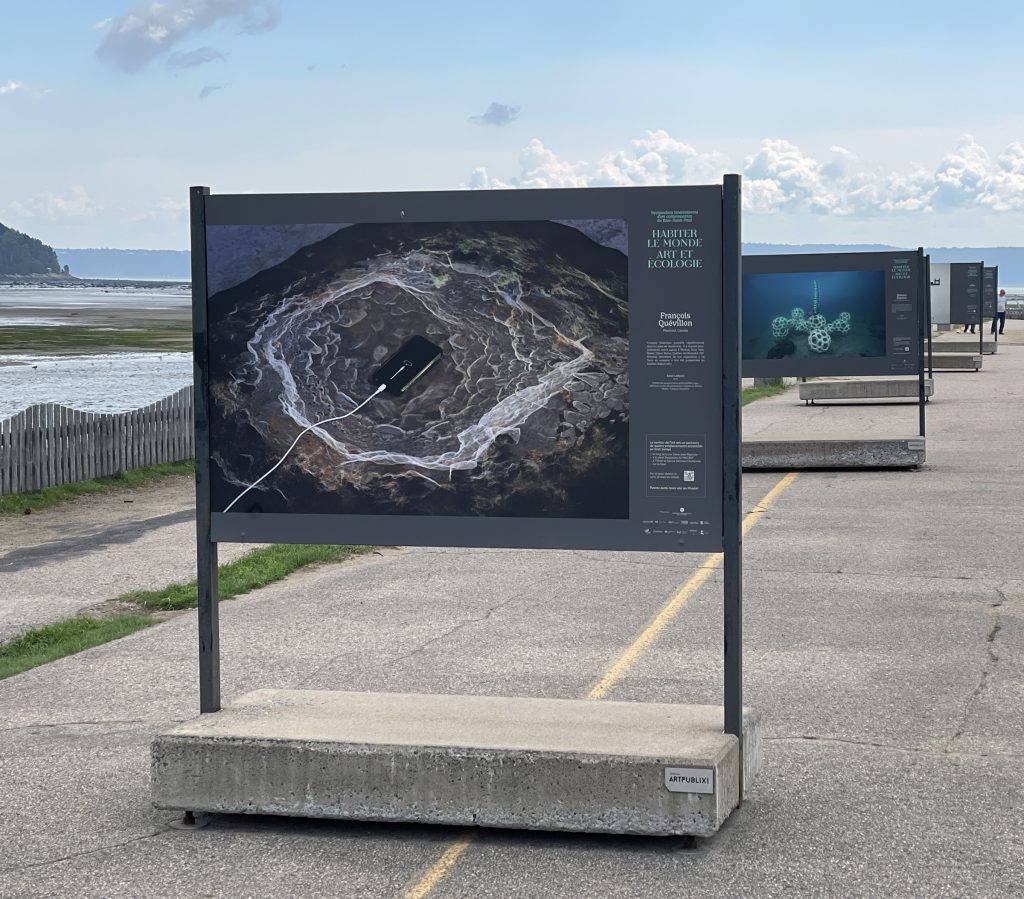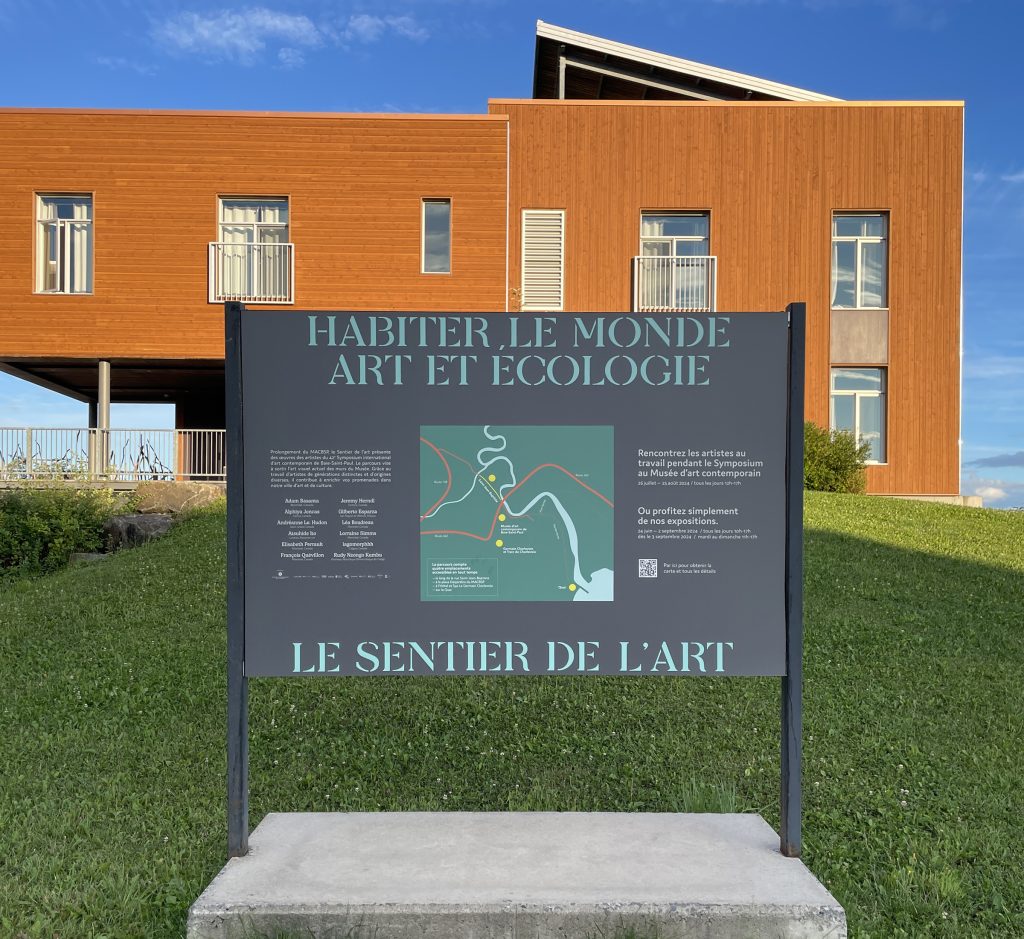Participation to the 42nd Symposium d’art contemporain de Baie-Saint-Paul (Quebec, Canada) that took place between July 26th and August 25th 2024 under the theme Inhabiting the World : Art and Ecology.



Participation to the 42nd Symposium d’art contemporain de Baie-Saint-Paul (Quebec, Canada) that took place between July 26th and August 25th 2024 under the theme Inhabiting the World : Art and Ecology.


